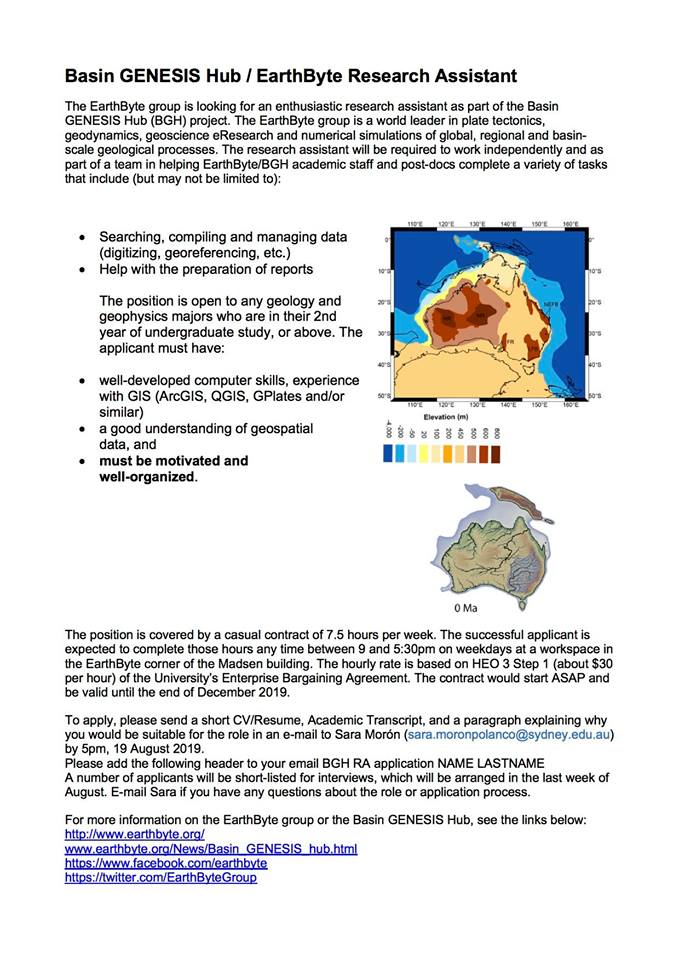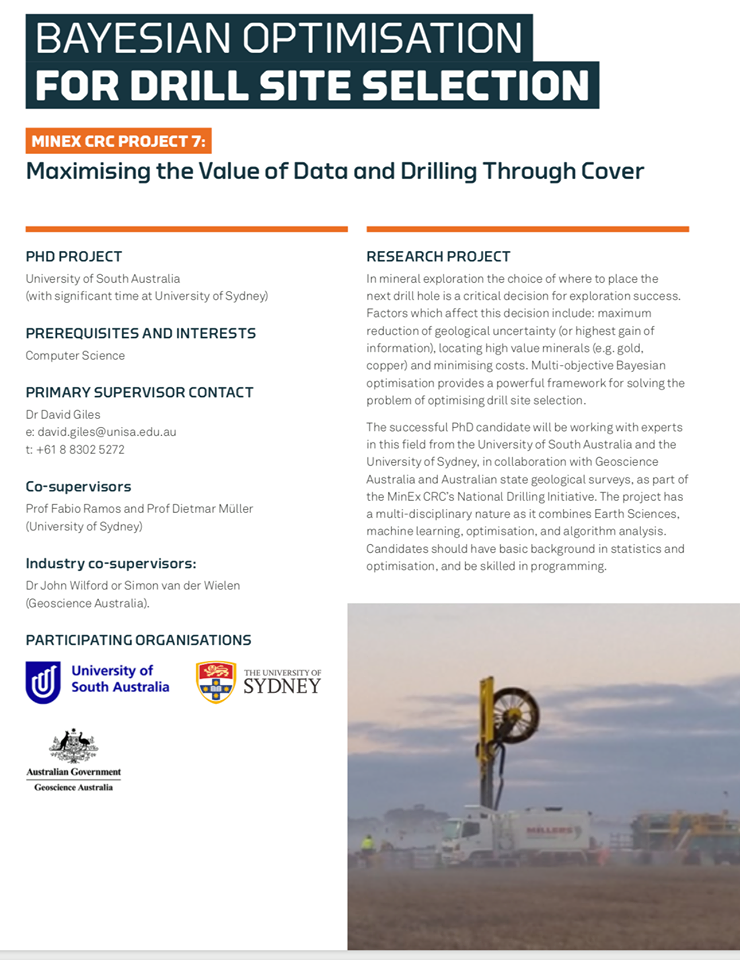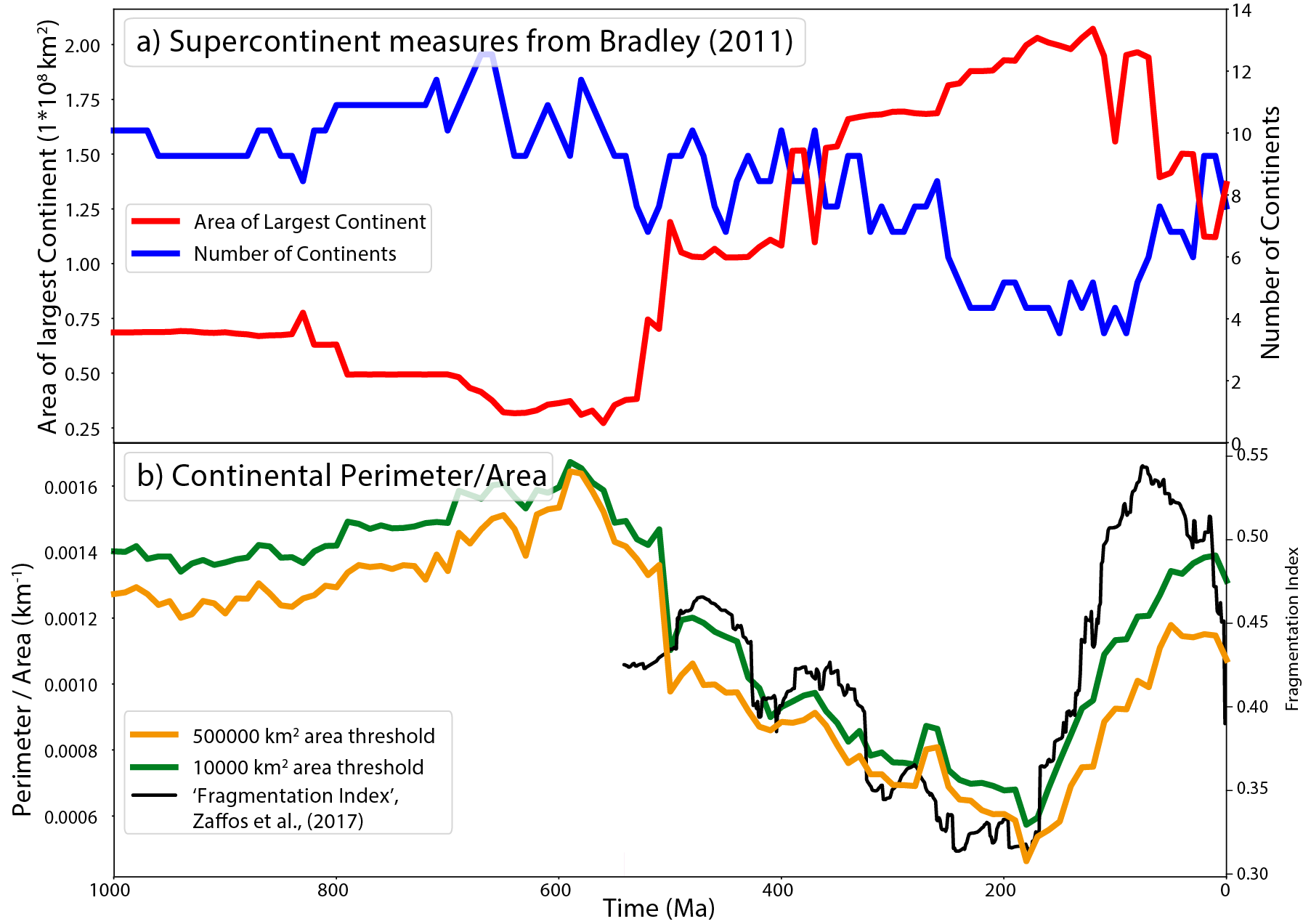PyBacktrack 1.3 now available as a Python package and a Docker image.
PyBacktrack 1.3 is now available as a Python package and a Docker image. The documentation is available at: https://pybacktrack.readthedocs.io/en/latest/ Changes since version 1.2: Supports Python 3: please also use the recent pyGPlates Python 3 release. Added the following output columns: dynamic_topography: change in dynamic topography elevation since present day decompacted_depth: depth from fully decompacted layers (using surface porosity only) … Read more…





























